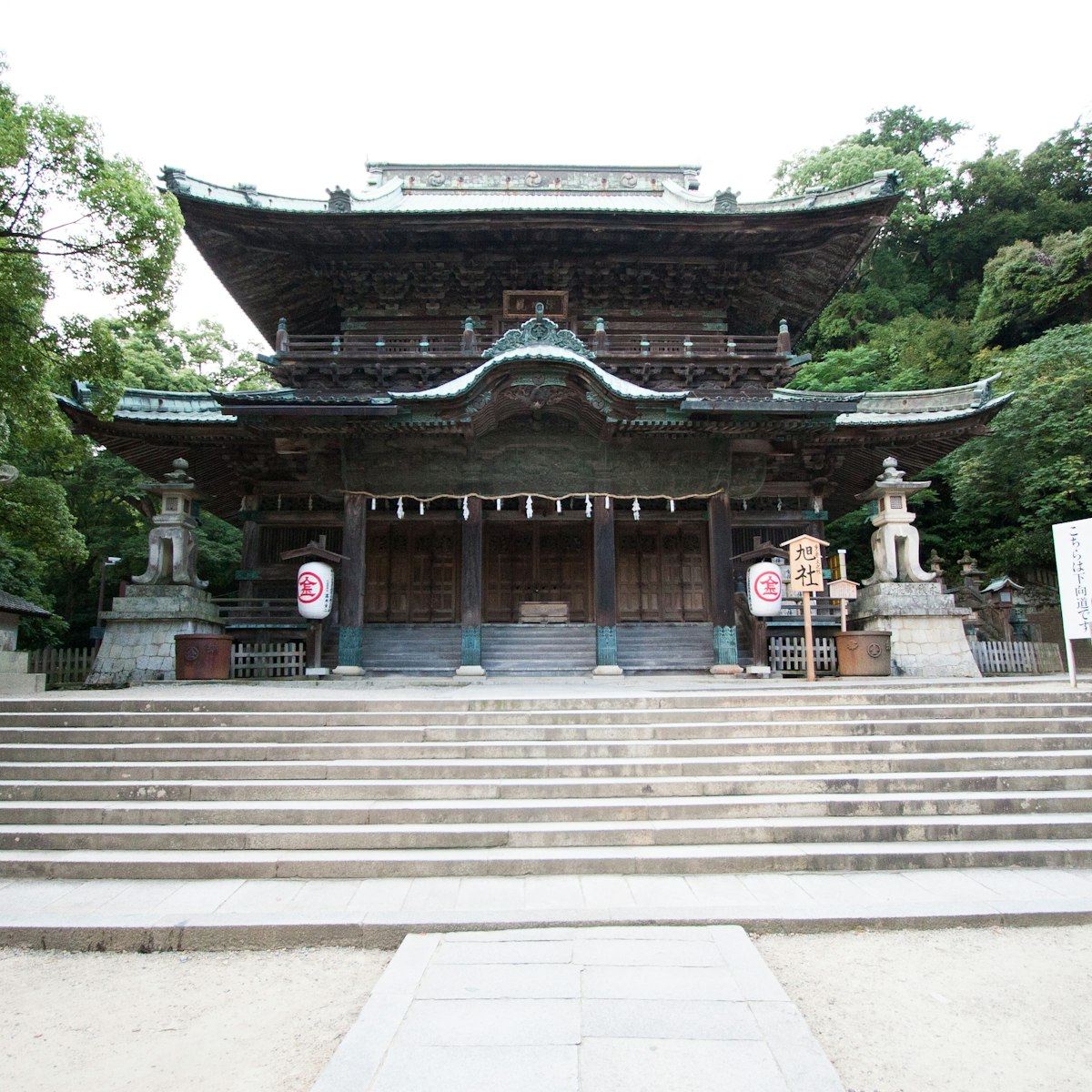The island of Sensui-jima is just five minutes across the water from Tomo-no-ura town, though vastly different for its rugged natural beauty, as there are no residential homes. There's a walking path that hugs the coast, passing interesting volcanic rock formations, and offers lovely sunset views across the water. After a stroll or swim at the clear-water beach, drop into Kokuminshukusha Sensui-jima, where nonguests can soak in a range of baths for ¥540 (from 10am to 9pm).
The ferry that shuttles passengers across to the island is modelled on the Edo-era steamboat Iroha Maru. There are no English signs on the island, so check with the tourist office in Tomo-no-ura town if you have specific questions on where to go. The ferry (return ¥240) runs to the island every 20 minutes (7.10am to 9.35pm).

